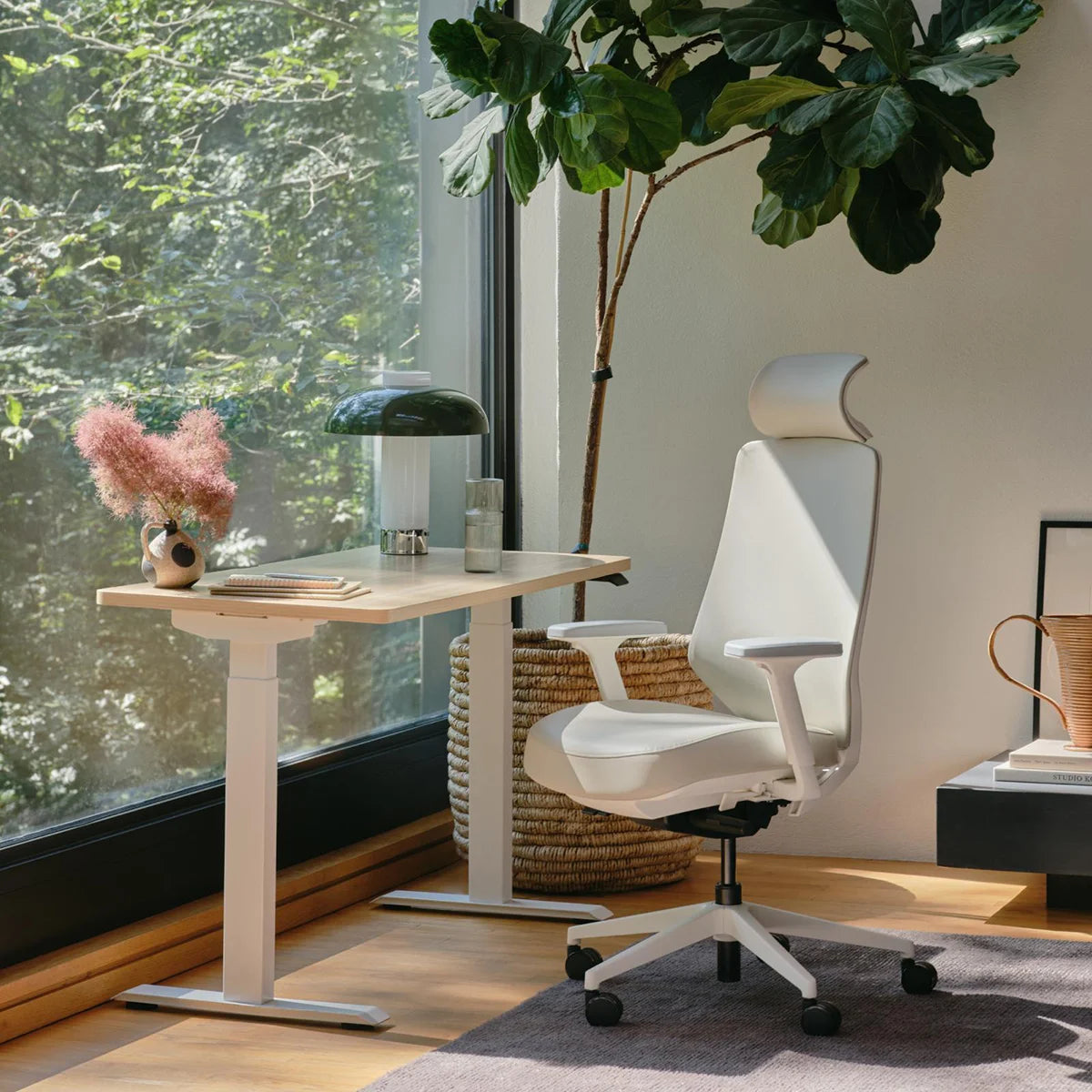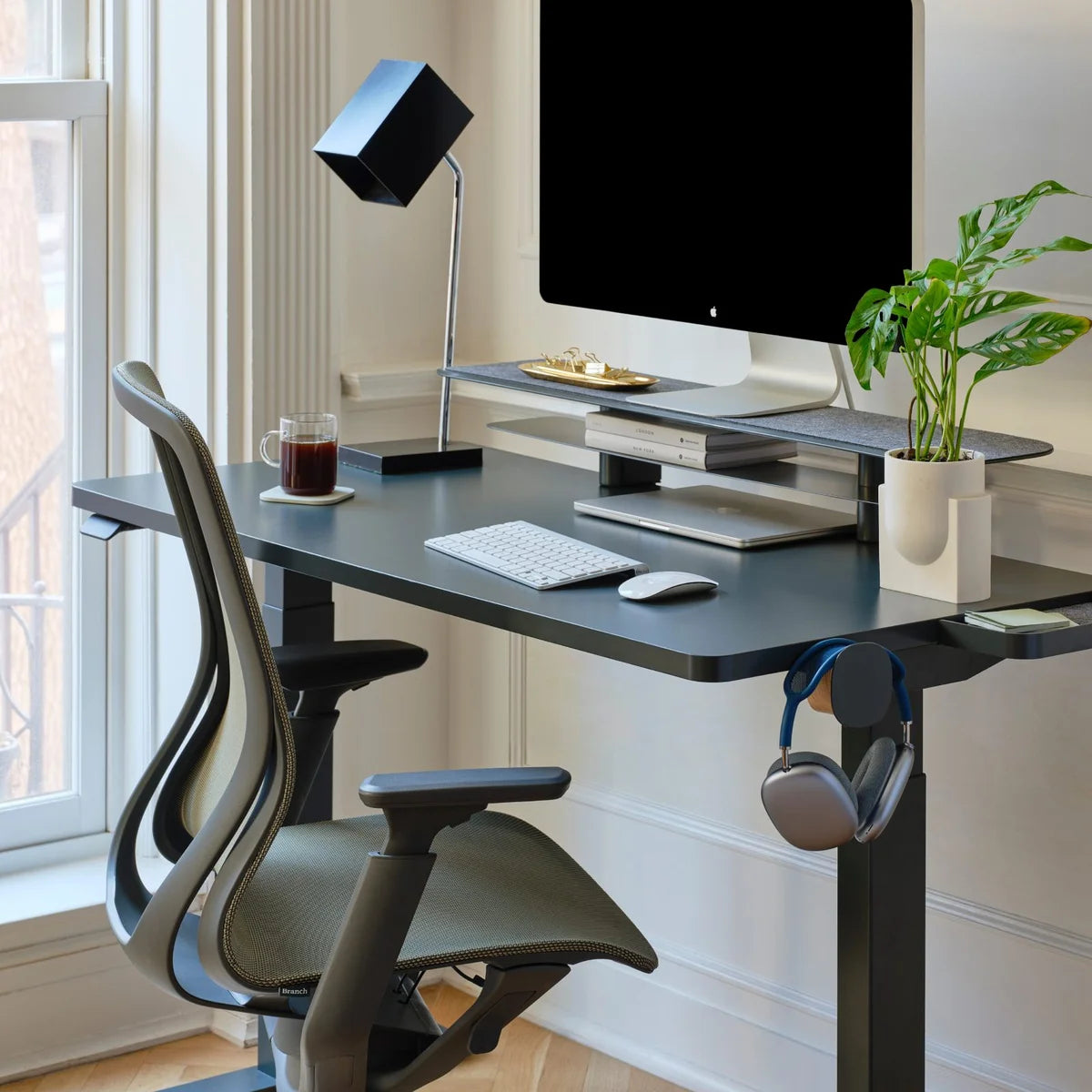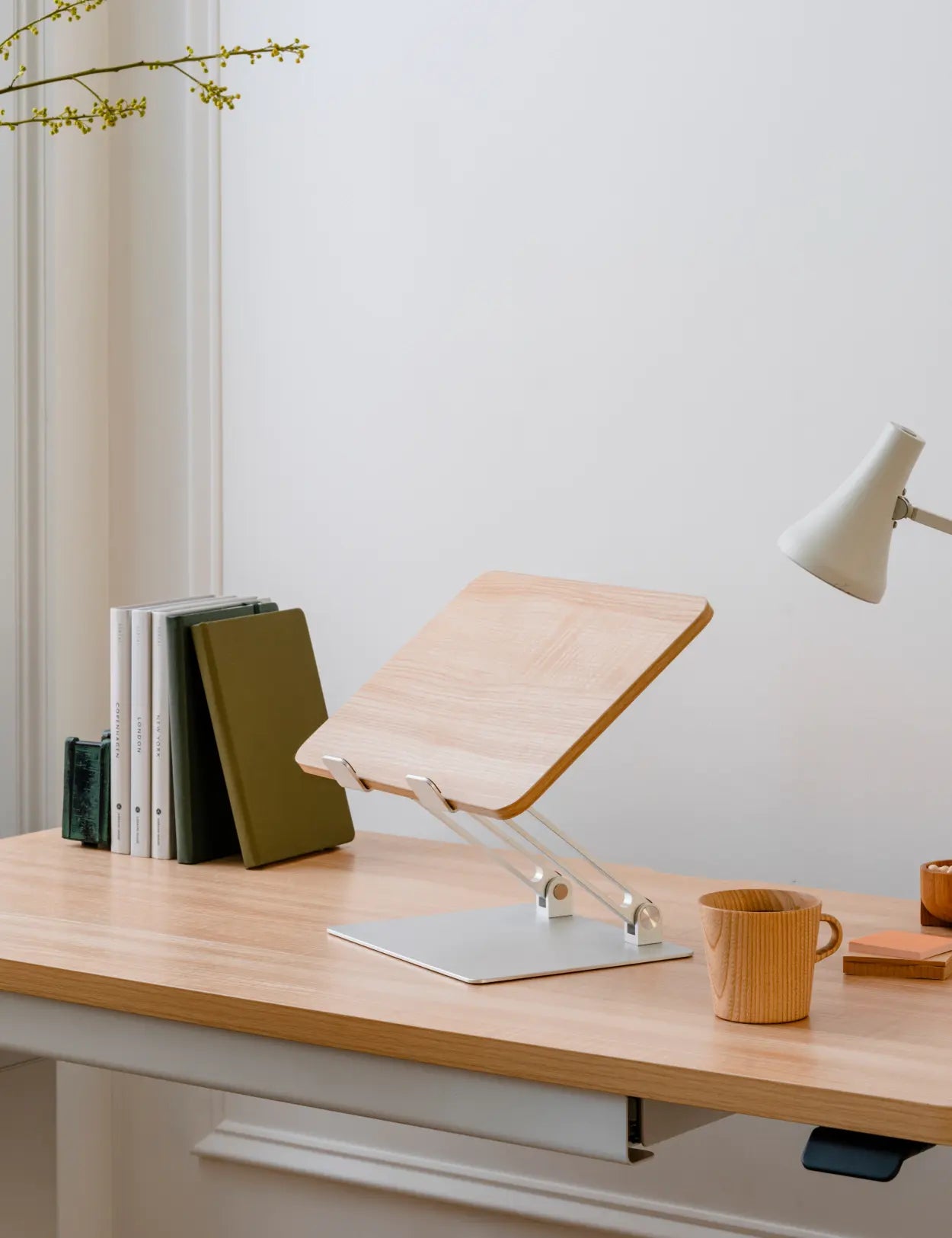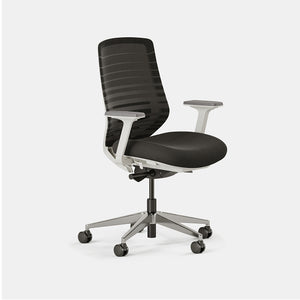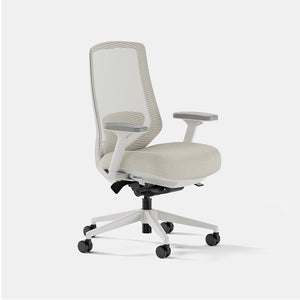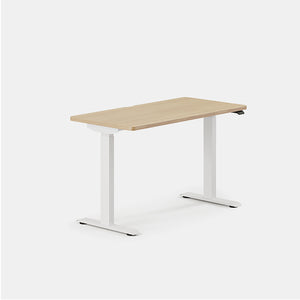Hybrid workplaces have become the new normal. Use this guide for tips and suggestions of how to adapt your office for the hybrid workforce.
What Is a Hybrid Workplace?
Finding Your Hybrid Workplace Model
- At-will model: At-will models allow employees to choose whether they want to work remotely, in-office, or any combination of the two. It’s often best to ask employees to set their remote and in-office schedules in advance to avoid operational unpredictability (i.e., too many people coming in on the same day).
- Flex model: The flex model usually allows one "flex day" every week or every other week. Employees get to work from home on their flex days (if they want) and you get to offer freedom without changing the work environment too much. You can let employees choose their flex day or designate it to a specific day of the week for everyone.
- Split-week model: Split-week models schedule both remote time and on-site time for team members. One set of teams may work in-office in the first half of the week while the other work remotely, switching halfway through. This avoids overcrowding, but you might have to shoulder remote-working costs for employees if you mandate that they work from home.
- Weekly model: The weekly model schedules specific weeks for employee groups to work in the office and for remote work, usually based on real-time or face-to-face project requirements. It can be helpful for companies with large numbers of employees and makes gradual implementation easier.
- Designated teams model: With a designated teams model, you'll choose which teams can work remotely and which ones need to be on-site. And you can pick between physical attendance and video conferencing for meetings for your designated remote teams.
Why Choose a Hybrid Workplace Model?
1. Cost Savings
2. Happier Employees
3. Attract Top Talent
Best Office Layout for a Hybrid Workplace
- Hybrid office: A hybrid office layout combines elements like cubicles and private offices with open coworking spaces and clustered workspaces. It allows you to change your office as needed for in-office, remote, and at-will employees. For example, offer open workstations to employees who split their time and designated offices or cubicles to permanent on-site workers. Hybrid designs work well for split-week and weekly models.
- Open plan: An open-plan office emphasizes open space with large tables shared by several employees. This helps enhance employee engagement and person-to-person collaboration while keeping things flexible. Open plans work well for at-will hybrid workplace models.
Hybrid Workplace Tips
1. Think About Conference Rooms
2. Use Collaboration Tools
3. Don't Skip Team Building and Training
4. Be inclusive to fully remote individuals
Embracing Hybrid Work
On new furniture, exclusive sales and more.





